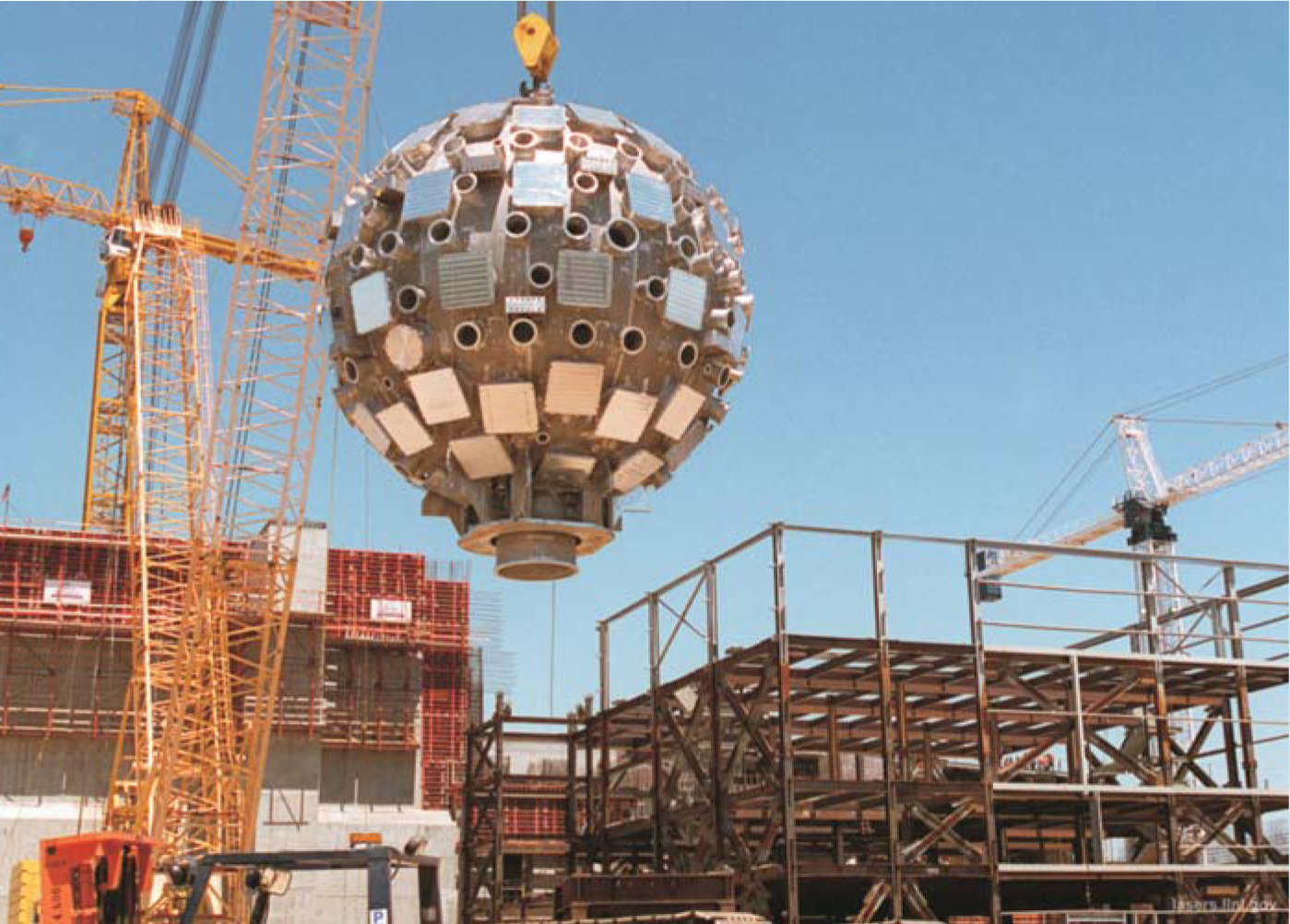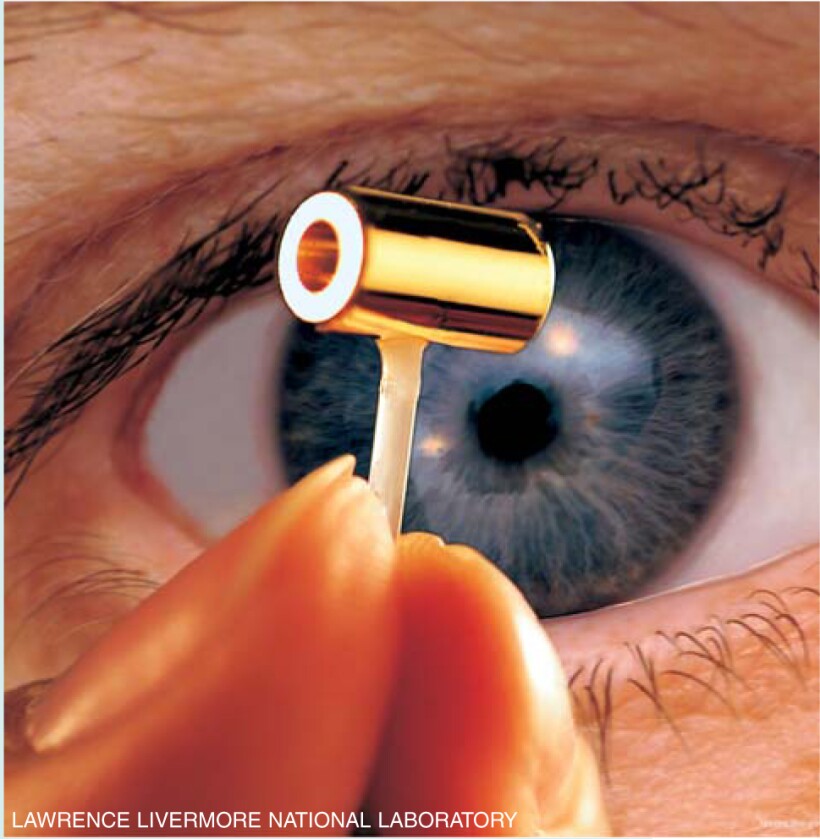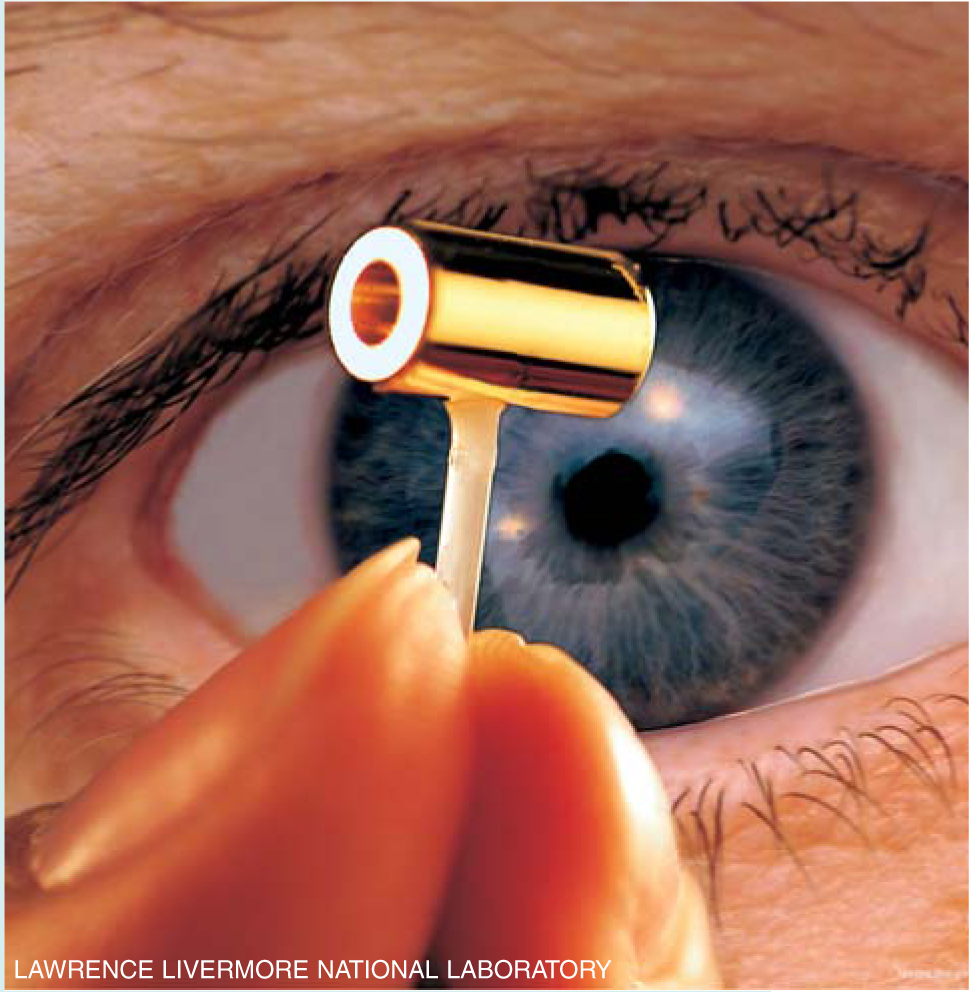LLNL’s laser fusion facility complete, but will it work?
DOI: 10.1063/1.3141935
After 12 years of construction, and a price tag that nearly tripled from $1.2 billion to $3.5 billion, the National Ignition Facility (NIF) has officially been declared complete. The massive instrument, housed at Lawrence Livermore National Laboratory in a building the size of three football fields, consists of 192 individual laser beams, all to be precisely and simultaneously focused on a tiny capsule containing a BB-sized pellet of deuterium and tritium fusion fuel. Researchers are hopeful that the device will create on a laboratory scale the conditions that occur in the secondary, fusion stage of a nuclear weapon. NIF will also be used for astrophysics and energy research. Program managers say that NIF is capable of narrowing each of its beams from about 40 centimeters square into a spot about one-half millimeter in diameter at the center of the target chamber. Such control is crucial to NIF’s mission to attain ignition—the point at which the amount of fusion energy exceeds what it took to create the reaction.
In March the lab announced that NIF delivered 1.1 megajoules of UV light to the center of the 10-meter-diameter target chamber, but that is well below the original design goal of 1.8 MJ. Actual ignition experiments won’t get under way until next year. But critics, including Stephen Bodner, former head of the Naval Research Laboratory’s inertial confinement fusion program, predict that it will fail to work.

The target chamber of the National Ignition Facility being lowered into place in 1999. The holes accommodate the beams from NIF’s 192 lasers.
LAWRENCE LIVERMORE NATIONAL LABORATORY


A capsule containing fusion fuel, called a hohlraum, is about the size of a pencil eraser. The National Ignition Facility’s laser beams will enter through the openings at each end to produce x rays that will implode the fuel, causing it to undergo fusion.
LAWRENCE LIVERMORE NATIONAL LABORATORY

More about the Authors
David Kramer. dkramer@aip.org
